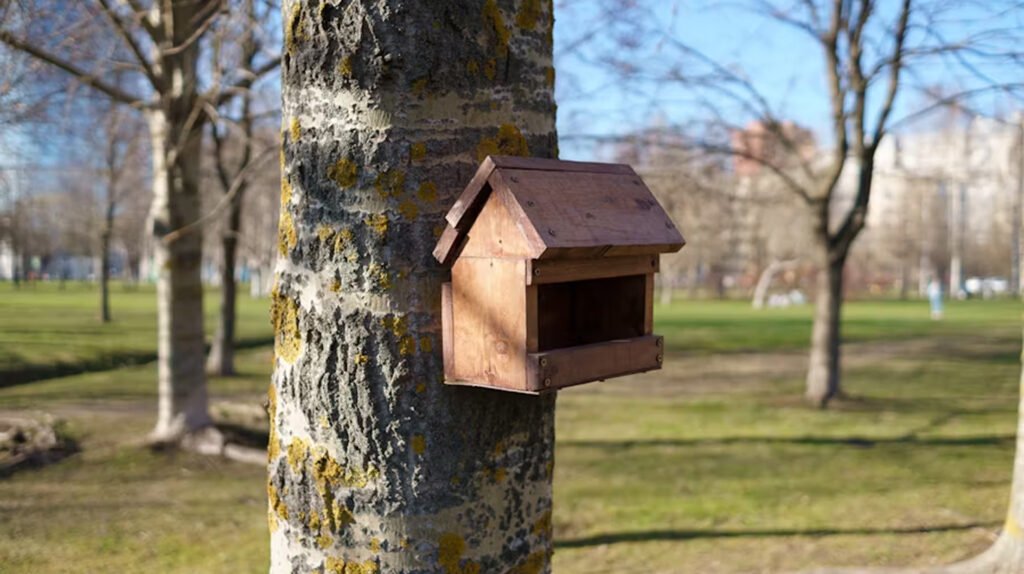“Can you share a creative way you’ve used modular design in your nesting box construction? What advantages did this offer for maintenance or adaptation?”
Installing interchangeable nesting boxes on rooftop terraces of furnished rentals

From the perspective of my real estate business rentmexicocity.com, we’ve seen how small design touches like modular nesting boxes can enhance both the appeal and sustainability of rental properties—especially in neighborhoods with gardens, rooftops, or interior patios like Condesa, Coyoacan, and San Miguel Chapultepec.
One creative way we implemented modular design was by installing interchangeable nesting boxes on rooftop terraces of furnished rentals. Each box had a removable front panel with different hole sizes to attract local species such as house sparrows, vermilion flycatchers, or wrens—birds commonly seen across CDMX’s urban green spaces.
Why this worked well for rentals:
Low-maintenance for landlords: Cleaning is quick—just remove the front panel without unmounting the whole unit.
Seasonal flexibility: We can adapt the entrance to encourage nesting for different birds, depending on the time of year.
Tenant engagement: Eco-conscious tenants love the idea of attracting birds to their private terrace. It’s a subtle way to offer a more livable and sustainable home.
Boosts value perception: Little eco-luxury features like these often stand out on Airbnb or furnished rental listings.
As the founder of RentMexicoCity.com, I’ve learned that modularity isn’t just about construction—it’s a tool for adaptability and tenant experience, which ultimately improves occupancy and retention.
Martin Weidemann, Owner, Weidemann.tech


